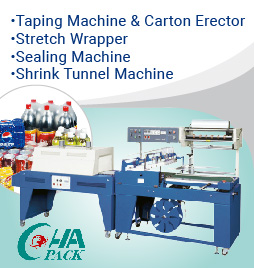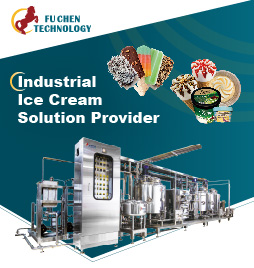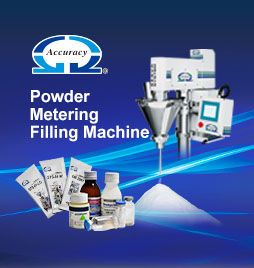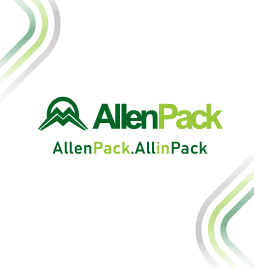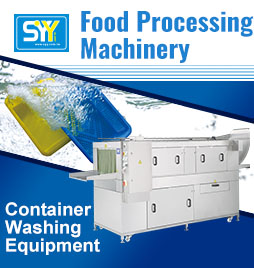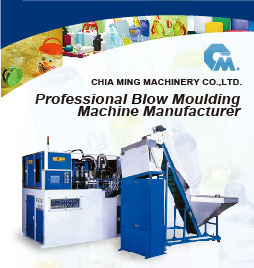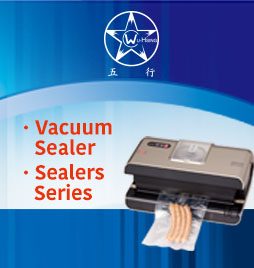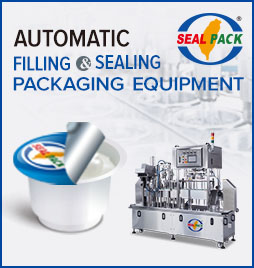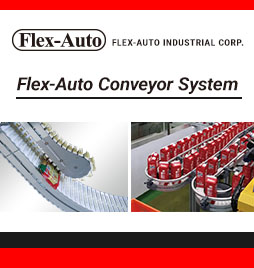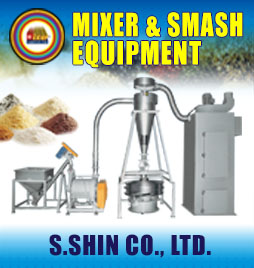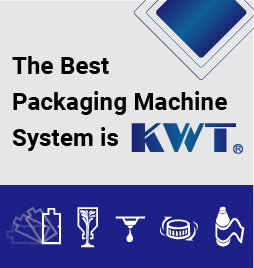FOOD PACKAGING which is safe, efficient, intelligent, and sustainable
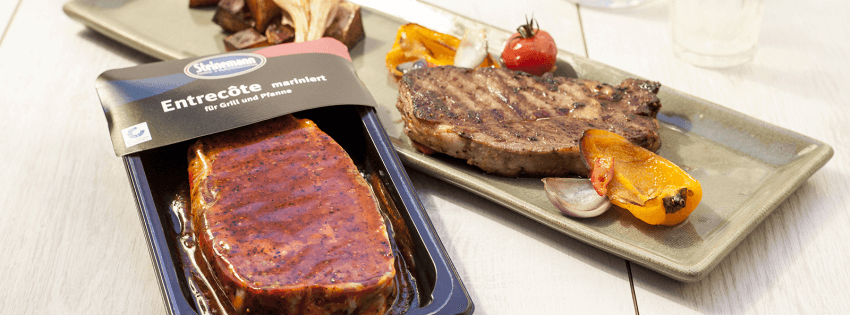
Modern packaging—is thinking, remembering, prolonging the duration of food, and they can be heated by pressing a button, they influence our senses with appearance, smell and touch and, sometimes, they are even able to talk. Currently, the packaging of the food sector exceeds the original function of food protection. l Melanie Streich*
* Professional journalist at Interpack – linkedin.com/in/melanie-streich-1980b556
A packaging must simultaneously meet multiple demands: demands in marketing and distribution, legal norms on safety and hygiene, consumer demands, such as sustainability or easier handling and, at the same time, lower costs of production, transport and storage. Thanks to the most modern machines with an automatic drive technique, which are controlled by sensor and microprocessor, the innovative materials can be manufactured and disposed of in a sustainable way, so the packaging industry has managed to turn a six-thousand year old idea into a modern high-technology product.
Protection through packaging
The main objective of all packaging is and still is to protect the contents during transport and storage. Packages prevent dirt or damage from entering, and protect the food from harmful environmental influences, such as light, air or moisture. They protect from spoilage due to microorganisms, and prevent the loss of flavor and vitamins. According to the United Nations Food and Agriculture Organization (FAO), up to 1,300 million tons of food are lost worldwide. Some of the fresh products are spoiled during transportation, are not correctly consumed, or are considered unsalable because they do not meet pre-established standards. And more than often, consumers throw food away, which is still in good condition, just for having exceeded its expiration date.
FAO’s SAVE FOOD initiative, the United Nations Environment Program UNEP, and the Düsseldorf Trade Fair have tried to remedy this situation for a period of six years in cooperation with leading companies, organizations and research institutes all over the world. Their common goal was to look for solutions so as to avoid losses and waste of food along the entire chain of value creation. For this, the appropriate infrastructure must be available, consulting and adapting the norms and standards for packaging, clarification and, not last but not least, working on the packaging itself.
Hygiene is not everything,
but nothing is anything without hygiene
Hygiene is our priority, mainly for food packaging, and this especially goes for meat products and sensitive sausages, where the highest hygienic requirements are applicable. The complete high-performance lines, including meat grinders, dosing machines and tray-sealing systems, not only focus on performance, flexibility and product quality, but especially on the interfaces, since these have the maximum influence on the productivity.
The person in charge for safe food acts in compliance with the company. The own hygienic controls are mandatory, but it is even more important to avoid any possible hygiene problems from the beginning. Starting from the basic hygienic design and through the components, which have to be able to effortlessly be cleaned to the sterilization of the ambient air by means of short-wave ÚV radiation, the very modern facilities are required to offer the highest hygiene levels.
Especially in the field of self-service, the skin packaging (second skin) has become increasingly important in recent years, which is a self-service packaging comprising two components, with a PP or CPET tray and a sealed skin sheet. "The expiration of the products can be extended considerably by way of second-skin vacuum packaging (skin)," explains Stefan Dangel, director of sales and marketing at Sealpac.
Intelligent Packaging
The innovation capacity of the packaging industry is enormous. When it comes down to the latest packaging technologies, the nanotechnology, printed or organic electronics cannot be ignored. Intelligent packaging detecting the freshness of food and can be influenced and has selectively ceased to be a utopia for some time.
The active packaging regulates the degree of humidity, prevents the formation of germs or even selectively exterminates them—for example by means of the so-called absorber. Iron prolongs the preservation of beverages sensitive to oxygen, such as beer or juices. The common salt in the packaging inhibits the formation of condensed water and allows to preserve its good appearance for a longer time, for example, mushrooms, which normally change color in a short time. "The idea was to develop a packaging, which is able to absorb and regulate the humidity," explains Dr. Cornelia Stramm from the Fraunhofer Institut für Verfahrenstechnik und Verpackung IVV in Freising while describing the focus of the research project.
Freshness that can be appreciated
Modern packaging has special sensors enabling the consumer to see whether food is still consumable. They react when certain substances or gases are released and indicate it by way of a change in color or fluorescence. In this way, it can be seen in what state the food is right at first glance. One of the most frequent reasons for their deterioration is the interruption of the cold chain. By means of intelligent time-temperature indicators, this can be revealed, especially by changes in the color.
Sustainability as
basic discipline
The consumers’ demands concerning food packaging are high. Not only safety and hygiene, but also sustainability are part of the requirements in the packaging sector. In the first instance, consumers relate sustainability to issues, such as recycling and disposal. The expansion of the container-return systems and recycling as well as the clear conditions have enabled it that the reuse of the packaging has considerably increased in the last years. More and more is being recycle mainly in Europe. All EU countries will be obliged to use half of the waste volume they generate by 2020.
Moreover, the material and the quantity used as well as the size of the packaging compared to the content play an important role in the valuation of sustainable packaging. A clear trend in this field is the use of regenerable raw materials. These are used instead of conventional materials so as to achieve a better CO2 balance, and often manifest to be especially sustainable. However, research indicates that conventional materials, such as classic plastics, can also offer environmental benefits when considering the entire life cycle of a product, for example by way of efficient recycling systems. Finally, the assessment of the most sustainable solution requires an integral consideration of each application case, while taking into account the different factors at all the stages of the value creation chain.
Packaging 4.0
In addition to exposing itself to the consumers’ expectations, the packaging industry is also exposed to the high demands of its customers. The sector reacts to the requirements of more flexibility and efficiency, among other things, by way of an intelligent and connected factory, where classic machine construction is efficiently connected through sensors, software and services.
Industria 4.0 has long since become a standard in food industry and is closely related to the component industry, which can be considered as precursor of technological advancement.
The modern facilities cannot only enable independent information about the process and system states, but also communicate with each other, and independently correct the process sequences whenever necessary. "Smart products individually control the production process itself. And there is even more: by the communication through the chain of value creation, a product’s life cycle can be fully and seamlessly understood. Thus, all new business models are possible," explains Hartmut Rauen, deputy general manager at VDMA.
Packages are essential for modern societies. This is especially true for food, and is mainly revealed where they are lacking in developing countries. Frequently and among other things, food is spoiled by poor packaging or lack thereof during transportation and storage before reaching the consumers. In turn, in industrialized countries, a packaging must not only protect well, but also have a good appearance. And it should stand out in the crowded shelves in the supermarkets, since most of the customers are deciding right when purchasing the product, which they are really interested in.

